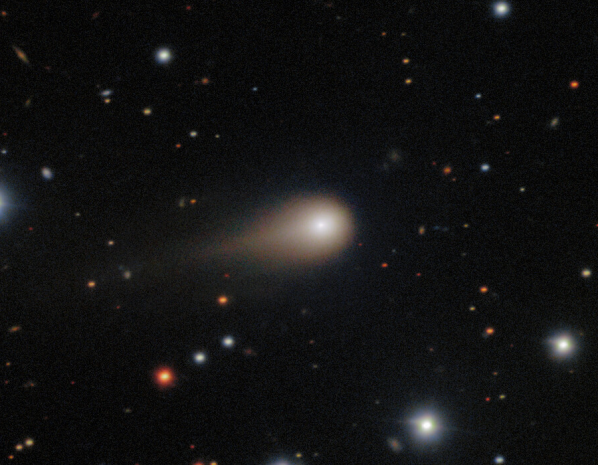
Breaking News
 The New Wheat EVERY Home Baker Needs to Know About!
The New Wheat EVERY Home Baker Needs to Know About!
 Popular Amazon.com DC Fuse Showdown: Continuous Load Heat Test,...
Popular Amazon.com DC Fuse Showdown: Continuous Load Heat Test,...
 What I Learned at This Week's White House Press Conference
What I Learned at This Week's White House Press Conference
 Unraveling the Mystery of Who Assassinated Charlie Kirk and Why
Unraveling the Mystery of Who Assassinated Charlie Kirk and Why
Top Tech News
 Why 'Mirror Life' Is Causing Some Genetic Scientists To Freak Out
Why 'Mirror Life' Is Causing Some Genetic Scientists To Freak Out
 Retina e-paper promises screens 'visually indistinguishable from reality'
Retina e-paper promises screens 'visually indistinguishable from reality'
 Scientists baffled as interstellar visitor appears to reverse thrust before vanishing behind the sun
Scientists baffled as interstellar visitor appears to reverse thrust before vanishing behind the sun
 Future of Satellite of Direct to Cellphone
Future of Satellite of Direct to Cellphone
 Amazon goes nuclear with new modular reactor plant
Amazon goes nuclear with new modular reactor plant
 China Is Making 800-Mile EV Batteries. Here's Why America Can't Have Them
China Is Making 800-Mile EV Batteries. Here's Why America Can't Have Them
 China Innovates: Transforming Sand into Paper
China Innovates: Transforming Sand into Paper
 Millions Of America's Teens Are Being Seduced By AI Chatbots
Millions Of America's Teens Are Being Seduced By AI Chatbots
 Transhumanist Scientists Create Embryos From Skin Cells And Sperm
Transhumanist Scientists Create Embryos From Skin Cells And Sperm
Scientists baffled as interstellar visitor appears to reverse thrust before vanishing behind the sun

The change comes just months after Hubble Space Telescope images captured an unusual 'anti-tail,' a jet of particles streaming toward the sun instead of away from it.
New high-resolution observations from the Nordic Optical Telescope in the Canary Islands confirm that the anti-tail seen in July and August 2025 vanished and a new one formed in the opposite direction by September.
The shift occurred because the comet's dust and ice particles react differently to sunlight.
Early on, large, slow-moving dust grains scattered light sunward, creating the anti-tail. But as 3I/ATLAS moved closer to the Sun, rising temperatures ejected more ice fragments and longer-lived dust particles, producing the tail that now points away.
Ground-based observations will be impossible through October as the object passes behind the Sun, hidden from Earth's view.
Researchers at the University of California and the University of Oslo found that 3I/ATLAS is shedding material at a rate proportional to the solar radiation striking its surface.
Meanwhile, NASA's space telescopes previously detected the comet losing about 330 pounds of material per second, made up of 87 percent carbon dioxide and nine percent carbon monoxide.
Harvard professor Avi Loeb and his colleague Eric Keto have developed a model that offers a possible natural explanation for the comet's strange behavior.
Their findings suggest that as 3I/ATLAS moves closer to the Sun, different types of ice on its surface sublimate, turning directly from solid to gas.
Farther from the sun, about 279 million to 372 million miles away, CO2 ice drives the unusual sunward jets. But as the comet gets nearer, water ice begins to dominate, changing how material is released and causing the tail to flip into the classic shape now observed.
Loeb shared the study in a Wednesday blog post, writing: 'The total amount of mass lost from 3I/ATLAS during July through October 2025 amounts to about two million tons.

 You've Never Seen Tech Like This
You've Never Seen Tech Like This 

